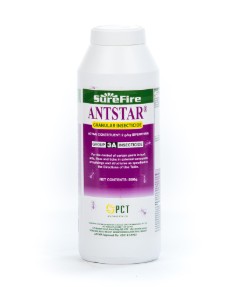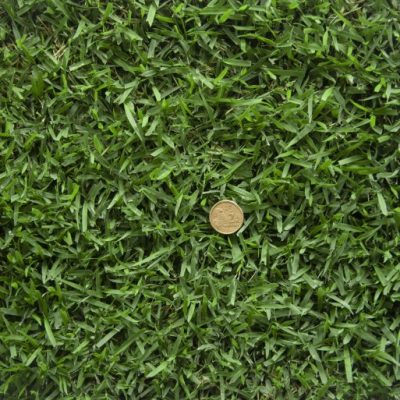 This is the time of year when Australians really utilise their homes to enjoy the weather. Front and backyards becomes a favourite place for family and friends to gather. You want your lawn to feel good and look good, so here are some helpful tips for the hot summer days ahead.
This is the time of year when Australians really utilise their homes to enjoy the weather. Front and backyards becomes a favourite place for family and friends to gather. You want your lawn to feel good and look good, so here are some helpful tips for the hot summer days ahead.
Mowing
Try not to mow your lawn too short especially during the summer months. Length on the leaf blade will keep your lawn in much better shape. A shorter lawn does not mean it is easier to look after. This is far from the truth. Shorter lawns need alot more watering as the soil is more exposed. Keeping a length on the leaf shades the soil, keeps it cooler and much less exposed for evaporation. Raise your height to at least 40mm and you will notice the difference.
It is recommended never mow more than 1/3 of the leaf tip off in any single mowing. If you need to mow more than 1/3, do it in a couple of goes over a few consecutive days taking a little off at a time. The end result will be far better.
Does your lawn look ‘white’ after mowing? Check your mower blades, they may need to be sharpened. Blunt blades tend to ‘tear’ the leaf rather than cut, which makes mowing more difficult. So check your mower and sharpen those blades for an easier mow.
Fertilising
Summer fertilising helps your lawn maintain an even growth pattern. Most fertilisers have added minor nutrients, which work to give your lawn the correct balance of nutritional requirements to make you the envy of the street.
Fertilising early in the summer season is recommended to help your lawn through the hotter months. We recommend using a good granular slow release fertiliser such as the Sir Walter Fertiliser, which has high levels of nitrogen for good growth & colour, phosphorous for strong root growth and potassium for metabolism and respiration, plus all the trace elements you lawn needs to stay strong and healthy. Apply the fertiliser at the recommended rate, but in one section of the lawn in a space of 1m x 1m, apply twice the amount. In a few weeks time, if this area has better colour and looks a lot better than the rest of your lawn, fertilise again at the recommended rate. Sometimes your lawn may just need an extra boost, especially if there have been periods of high rainfall which can leach all of the nutrients out of your soil.
There are many types of lawn fertiliser available in the market – organic, chemically blended, slow release, liquids just to name a few – but we find the LSA Professional Fertiliser great. It is granular so spreads easily and evenly, has low odour, requires minimal water, doesn’t make the lawn grow crazy overnight and gives an even growth for an extended period of time.
So applied at 25-40 grams per square metre in Spring, Summer and Autumn the LSA Professional Fertiliser will keep your lawn in tiptop shape all year round.
Watering
The best time to water your lawn is early morning, before the wind comes up and the heat of the day. If your area is very humid, try and avoid late afternoon or early evening watering as this can increase the chance of fungal disease.
For your watering to be the most efficient it can be, you should apply a wetting agent to increase your soil’s water absorbency, especially on sandy soils, and to ensure that your soil isn’t ‘hydrophobic’ and repelling water. Applying a product such as Lawn Lovers Lawn Soaker, you can easily treat your soil just by clipping the bottle onto the hose and spraying it over your entire lawn.
As your lawn becomes established, the idea is to water less frequently, but give the lawn a good soaking. This encourages a deeper root system and therefore a more self-sufficient and drought-tolerant lawn.
Weed Control
During summer weeds have more difficulty competing with a healthy growing lawn. If your lawn is a weak and struggling, weeds will manage to get in, however some Sir Walter Weed Control will mean their days are numbered. Once you have killed or removed the weeds, fertilise your lawn and don’t mow too low.
Top Dressing
This should only be done during the growing season (this is when you need to mow your lawn weekly) and the earlier in the season the better. Generally late spring to early summer is best.
New lawns generally do not require top dressing, but can be done to fill in any gaps or holes. Occasionally after a settling period some areas of a new lawn may need a slight correction to desired levels. Fertilise a few weeks prior to top dressing to ensure maximum growth at the time. Use river sand or a top dressing soil mix. Using a higher proportion of organic material for sandy soils is a good idea.
For established lawns, mow low with a rotary mower equipped with a catcher. Spread the mix evenly over the desired area, then rake, level lawn or broom it into the lawn profile. Never top dress more than 1cm in a single application, making sure the grass tips are still exposed. Once the dressing is spread water-in well to promote new growth through the top dressing.










 Australia's largest network of turf specialists
Australia's largest network of turf specialists